
al-Breij البريج
The remains of al-Breij (البريج), formerly the Monastery of Saint Daniel, are located on the eastern end of Jebel Barisha (جبل باريشا). This …

The remains of al-Breij (البريج), formerly the Monastery of Saint Daniel, are located on the eastern end of Jebel Barisha (جبل باريشا). This …
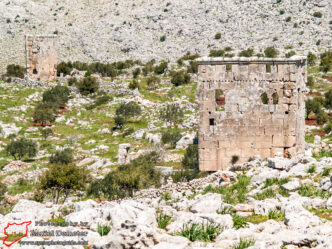
The Byzantine site of Sarfud (صرفود) is spread out over rocky hills north of the road linking the town of Sarmada (سرمدا) with Kafr …
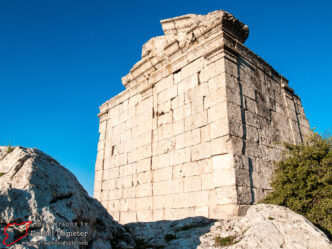
Baqirha (باقرحا), situated on the northern edge of Jebel Barisha (جبل باريشا) and overlooking the Plain of Amuq (to the east of Antioch), …
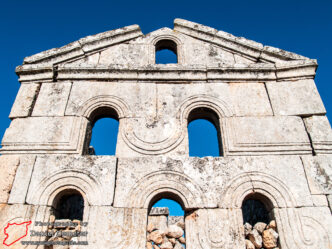
The single Byzantine church of Deirouni (ديروني) is located between the sites of Baqirha (باقرحا) and Deir Qeita (دير قيتا) on the northeastern edge of Jebel …
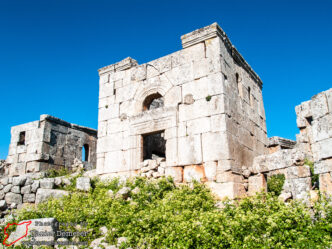
Deir Qeita (دير قيتا) is one of several Byzantine-era sites on the northeastern edge of Jebel Barisha (جبل باريشا). The site contains the remains of several …
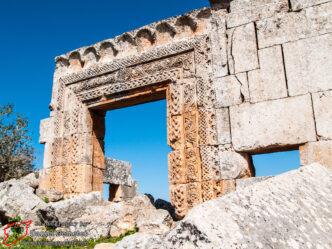
The Byzantine-era site of Babisqa (بابسقا) is spread throughout a modern village on the northeastern edge of Jebel Barisha (جبل باريشا). The site contains the …
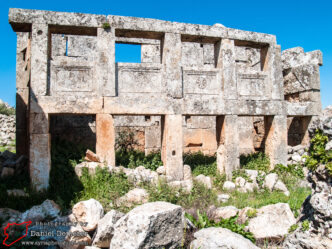
Bauda al-Shamaliyeh (بعودا الشمالية) is a Byzantine-era site located just a few kilometers from the Turkish border on the far northeastern edge …
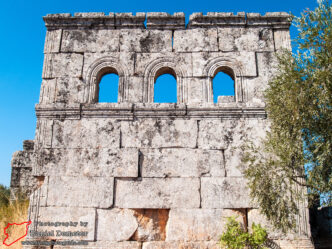
The Byzantine-era ruins of Dahis (داحس) extend over a considerable area situated on the crest of Jebel Barisha (جبل باريشا), and not far from the …
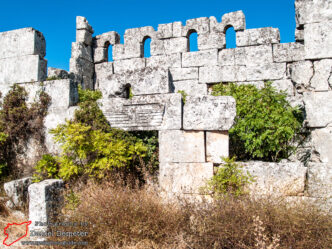
Bashkuh (باشكوح) is a minor Byzantine-era site located on a hilltop to the southwest of Bamuqa (باموقا). The ruins cover a fairly large area …
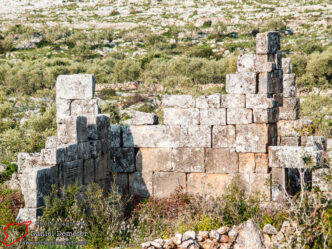
Deir Seita (دير سيتا) is Byzantine-era site in the remote southern portion of Jebel Barisha (جبل باريشا). The ruins are spread around …